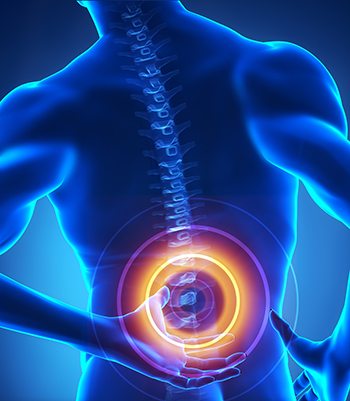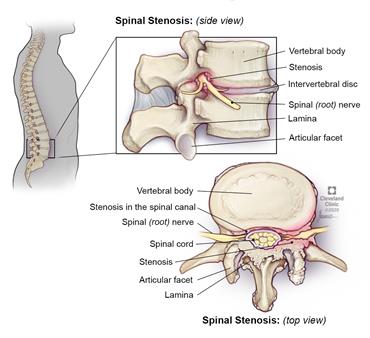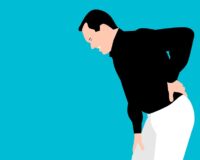
Recognising The Nature Of Back Pain: Is It Disky Or Stenosis?
Are YOU experiencing lower back pain?
Lower back pain is a common condition which, in many cases, can be effectively treated by physiotherapy. There are a number of reasons why a person might be experiencing lower back pain, including issues with discs (the shock absorbers between your vertebrae), the spinal canal (the tunnel that your spinal cord sits inside), facet joints (the paired articulations on the back of your vertebrae) and/or nerves. As such, it is important to correctly identify the underlying cause(s) and develop an individualised treatment program for immediate relief of symptoms and more importantly, long term recovery.
Lower back pain caused by issues with the spinal canal is common and it can be called lumbar spinal stenosis (LSS). LSS involves a narrowing of the spinal canal, which results in compression of the spinal cord.
Research suggests LSS is a common cause of lower back pain (up to 47% of people 60-69yo) but that is often mis-diagnosed in the clinical setting (Jarrett et al. 2012). Correctly identifying LSS requires working with your health practitioner (GP, Physiotherapist and/or Specialist) to develop a detailed understanding of your presentation and comparing this to the patterns associated with the different causes of lower back pain – ‘differential diagnosis’.

If you have LSS, then what might you be experiencing?
- Pain, pins and needles and/or numbness in the lower back, buttocks and both legs (most commonly, in the back of the legs)
- Weakness down one or both legs
- Pain aggravated by bending backwards and/or walking
- Relief with bending forwards and/or sitting
What might your initial physiotherapy assessment involve?
- Developing a detailed history (e.g. When did your lower back pain start? Is it associated with a specific incident? If so, what? What activities make your lower back pain better vs. worse?)
- Observation of your posture and movement patterns (e.g. sit-to-stand and walking)
- Observation of the range of movement (ROM) through your spine, with an emphasis on the lower back (e.g. bending forwards, backwards and side-to-side)
- Physical examination of your muscles and vertebrae
- Dynamic testing of your nervous system (e.g. lying on your back and lifting a straight leg into the air)
Individuals living with LSS often present with a head forward posture, increased curvature of the upper back and a hunched over movement pattern when walking, with a reduced stride length and flat footstrike. In addition, they often have decreased lower back ROM, pain aggravated by bending backwards and positive nervous system dynamic tests (physios call this nerve related symptoms).
What does the physiotherapy treatment of LSS involve?
At Therapia Physiotherapy & Pilates we treat LSS using active rehabilitation, specifically decompression followed by stabilisation and strengthening.
PHASE 1: Decompression
Decompression involves releasing all of the structures that are increasing the load on the lower back.
Targeted structures are likely to include tight chest, shoulder, lower back and hip muscles which increase upper back curvature, decrease lower back ROM and increase pelvic rigidity respectively.
Decompression is best achieved via ‘specific exercises and manual therapy techniques’ usually with 1:1 sessions over 2-4wks.
Various additional treatments that can help in such cases are: Dry needling/acupuncture, Remedial massage, pain relieving tools and techniques.
PHASE 2: Stabilisation & Strengthening
Stabilisation and strengthening involves training the deep ‘core’ muscles that stabilise the spine and pelvis (e.g. Transversus abdominis (TA), Multifidus, Diaphragm and the pelvic floor group).
This phase begins with a 1x 1:1 TA training session using Real Time Ultrasound. Subsequent sessions involve the development of a home exercise program and a transition into small group Pilates classes.
Stabilisation and strengthening begins after the decompression phase, with the transition to Pilates usually occurring ~6wks.
Prognosis
Depending on the individual contributing factors, LSS can have a varied response to treatment. The time frame above is for the average presentation.
References
- Amirdelfan K., McRoberts P., Deer T.R. 2014. The Differential Diagnosis of LowBack Pain, a Primer on the Evolving Paradigm. Neuromodulation 2014; 17: 11–17.
- Jarrett et al.: The effectiveness of land based exercise compared to decompressive surgery in the management of lumbar spinal-canal stenosis: a systematic review. BMC Musculoskeletal Disorders 2012 13:3




